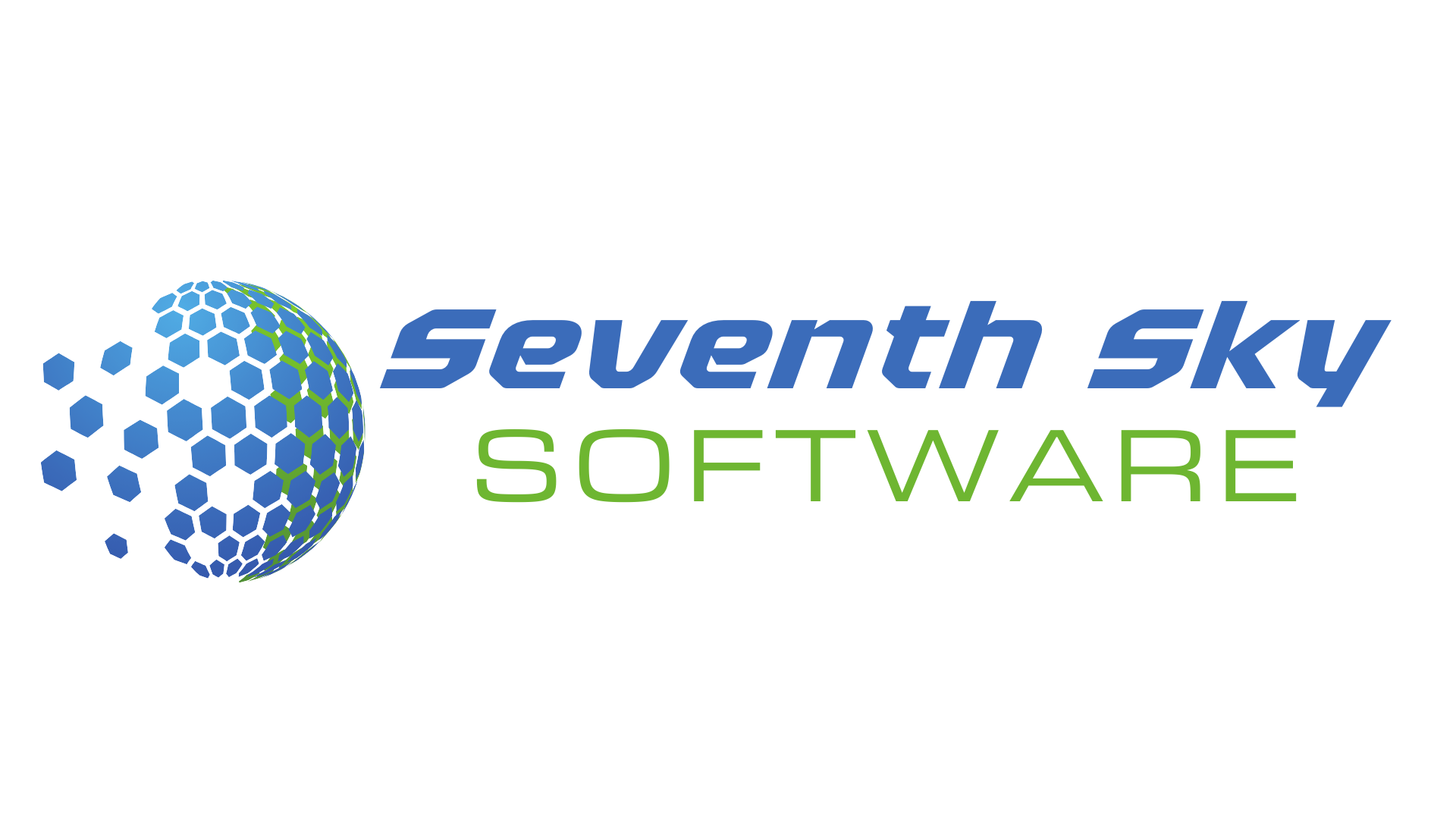A well-structured knowledge base makes it easy for visitors to find the right answers quickly. In Instant Knowledge Base, categories are called Help Topics. These let you group related articles together under logical sections like Getting Started, Billing, or Troubleshooting.
This article will guide you through creating and managing categories effectively.
What are Categories?
- Categories are broad groupings that help structure your Knowledge Base.
- Example categories: Getting Started, Troubleshooting, Features, FAQs.
- Each article can be assigned to one or more categories.
Step 1: Access Help Topics
-
Log in to your WordPress Dashboard.
-
From the left-hand menu, go to:
👉 Knowledge Base > Help Topics.
Here, you’ll see a list of existing categories (if any) and options to add new ones.
Step 2: Create a New Help Topic
-
Click Add New Help Topic.
-
Fill in the following details:
-
Name – The title of your category (e.g., Getting Started).
-
Slug – Auto-generated URL (you can leave it blank).
-
Parent Help Topic – Select if this should be a subcategory under another topic (useful for complex KBs).
-
Description (optional) – Helps you remember what this topic covers.
-
Icon – Add a custom icon for better navigation (Core feature).
-
-
Click Add New Help Topic to save.
Once Saved you can edit your and organize according to the further options such as
- Display Type: Choose how this category should be displayed in the knowledge base, i.e. Auto, Icon only or image only
- Category Image: Upload an image for this category. Recommended size: 64x64px or larger.
- Category Icon: Choose an icon for this category. Icons are used when no image is uploaded or when display type is set to icon only.
- Frontend Visibility: If help topic should show on front-end or not
- Display Order: What should be the display order of help topic on the front end, (i.e. 1, 3,4 etc.)
Step 3: Assign Articles to Categories
When creating or editing a Knowledge Base article:
- On the right-hand sidebar, under Help Topics, select the category you want the article to appear in.
- You can assign multiple categories if needed.
What are Tags?
- Tags are specific keywords that help users find relevant articles.
- Example tags: installation, setup, errors, customization.
- Unlike categories, articles can have multiple tags for better searchability.
By properly organizing content with categories and tags, users will be able to navigate your knowledge base easily and find answers efficiently.
